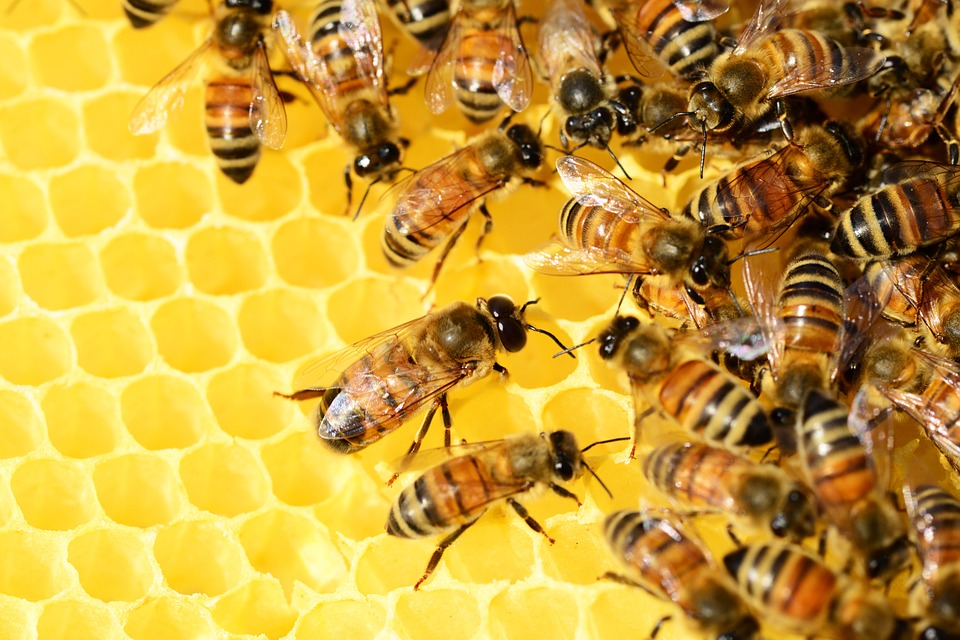No products in the basket.
Blog
Bone conduction facts: from Bees to Beethoven
In our previous articles, we answered the questions ‘ What is bone conduction? ‘ and ‘ what are the benefits of bone conduction? ‘. Today it is time to list some nice bone conduction facts you didn’t know yet about this technology. Did you know that…
- Ludwig van Beethoven, the well-known 18th century composer who was completely deaf, was the first person to use bone conduction? He is considered the inventor of this technology. Why? Well.. Beethoven discovered a way to hear the sound of his piano through his jawbone by putting a rod between his teeth and touching his piano with this rod. The vibrations of the sound of the piano were thus sent directly to his inner ear by means of the rod. The vibrations which were transmitted through his jawbone allowed him to perceive and hear sound. This was the first proof that sound can also reach our brain by making use of the bones in our skull.
- Bone conduction has been very popular for a long time for military use? You will immediately understand that bone conduction headphones have a huge advantage for the army. Soldiers on the ground can get tactical instructions through bone conduction, while at the same time they can hear their environment and their possible enemy. If you want more information about one of the best known examples of a military bone conduction helmet, you can find an English article dedicated to this helmet via the link below:
- Bone conduction has also been used underwater for a long time? Let’s jump from land to sea and submerse into history to 1995. In 1995, a bone conduction communication system for underwater communication was developed. The development of this system ensured that divers could communicate with each other underwater by means of bone conduction and a specially designed nozzle.
- Bone conduction also has a scientific benefit? This was proven at the Expo 2015 in Milan. The pavilion of the United Kingdom had a nice bone conduction surprise for its visitors. Visitors of the pavilion were able to experience communication of bees, which happens via vibrations, for the first time by sticking wooden sticks in their mouths. Four types of vibrations were sent to the visitors: the begging vibration, the dance (to indicate where food can be found), the trumpet (the Song of the Virgin Queen to challenge the unborn queen) and the short Trumpet sound (sound between two queen bees to get an idea of each other’s strengths). These 4 vibration types are used by the insects to communicate and to pass on certain messages.

Wim Styleman is a content writer, translator, reviewer and bone conduction fanatic. Interested in the wonderful world of bone conduction since 2016. Driven by a desire to get everyone submerged into this wonderful technology, but critical and honest when he has to be as a reviewer. Only the best is good enough. He has traveled around the globe and visited various CES events. When he isn’t busy testing bone conduction devices or writing freelance translations, he is at his bike somewhere on the Belgian roads or on his touring skis somewhere in the Austrian or French Alps.

